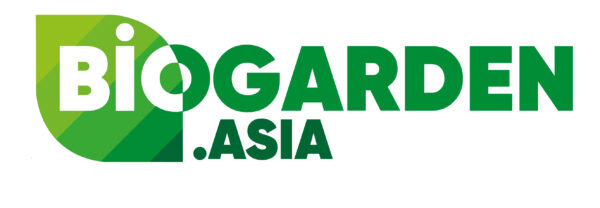No products in the cart.
NEWS
Irrigation Scheduling Methods: Overview and Recent Advances
2.3 Weather-based irrigation scheduling method
Weather-based irrigation scheduling method is based on the weather condition. Four major weather parameters determine evapotranspiration (ET), which drives the weather-based irrigation scheduling method. The weather parameters are solar radiation, air temperature, relative humidity, and wind speed. Higher the solar radiation, the greater ET. This is because sunlight is the main energy source for evaporating water. The warmer the air, the greater ET, because it can hold more water vapor. The drier the air, the greater the ET, because there is less water vapor it already holds. The greater wind, the greater the ET. In humid climate regions, solar radiation and air temperatures play a significant role in determining daily ET.
ET can be estimated in several ways. One method that is accepted as an international standard is the Penman-Monteith Equation, which is used to calculate the reference potential ET (rPET) using comprehensive weather data. The weather data includes net radiation, soil heat flux, average air temperature, wind speed, saturation vapor pressure, actual vapor pressure, the slope of vapor pressure curve, and psychrometric constant. rPET assumes a four grass-covered surface that is well-watered and unshaded. The actual ET of a crop at any given time depends on the amount of leaf area and the developmental stage, so to calculate the ET for a specific crop type, at a specific developmental stage, the rPET values must first be multiplied by a crop. Kc changes with crops as they grow, for example, the Kc of fruit trees increases rapidly in the spring as the trees leaf out to full canopy. Figure 1 shows the change of Kc as a soybean grows. To estimate actual crop ET, the rPET is multiplied by the crop coefficient Kc to determine the actual water lost from the crop via ET (see (Eq. (2)).
Figure 1.
Crop coefficient (kc) changes as the soybean grows.
Where,
ETC=Actual Crop Evapotranspiration (in/day).
KC=Crop Coefficient (unitless multiplier).
rPET=Reference Potential Evapotranspiration (in/day).
Based on each day of the actual crop evapotranspiration, the suggested irrigation amount can be calculated to ensure that the soil has adequate moisture for plant growth and improve irrigation water use efficiency. For example, if last week’s cumulative actual crop evapotranspiration was 2.5 cm, the farmer should apply 2.5 cm of irrigation to maximize crop production and minimize environmental impacts.



